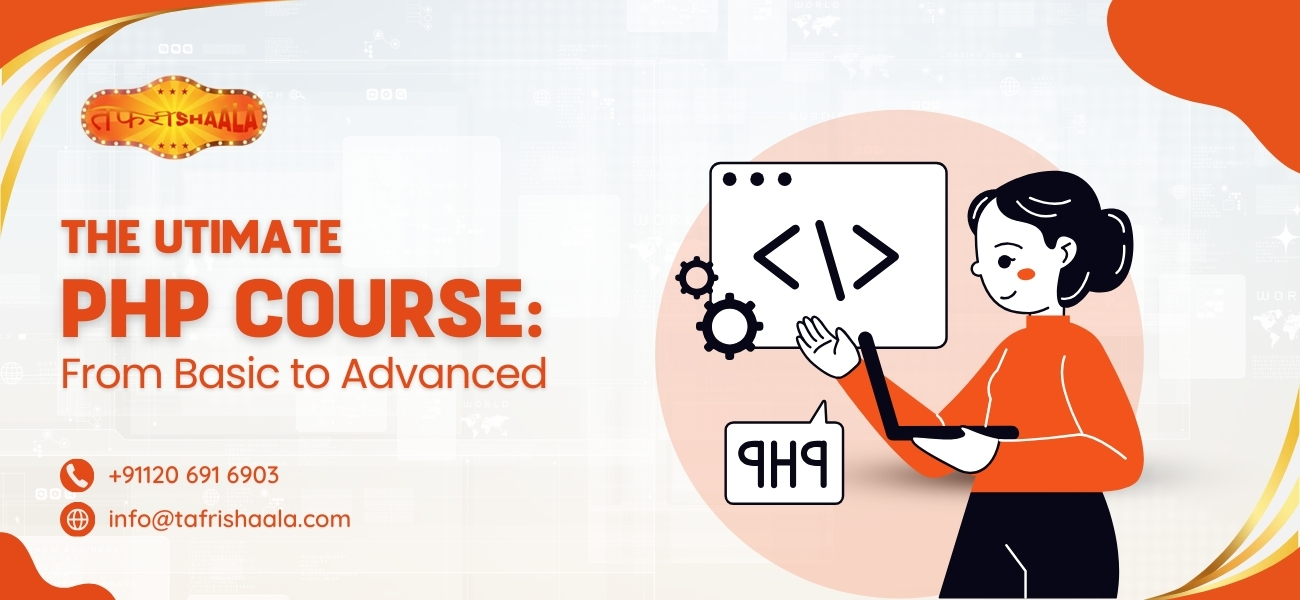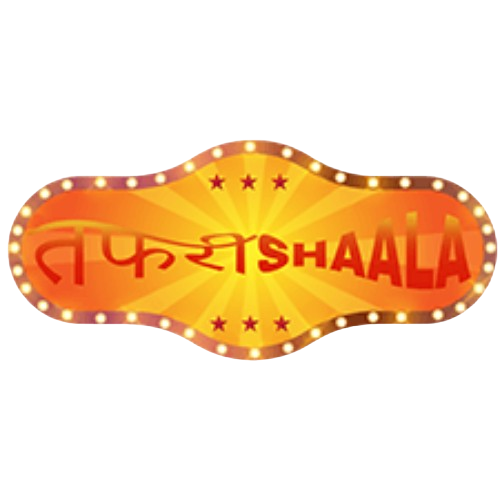The Utimate PHP Course: From Basic to Advanced

PHP is a widely used and popular scripting language and is mostly used for web development works. Its simplicity, convenience and large community availability rendered it to be most popular among many developers. This complete tutorial will lead you through the steps from PHP beginners a level superior to the design detailing the necessary skills for creating reliable and intensively developing web sites
- PHP basics
- Installation and Setup: Find out how to set up PHP on your computer or server and integrate it with the web server that you will be using (Apache, Nginx, etc.).
- Variables and Data Types: Download the Ascii Table pdf from the PHP documentation and study all data types, including integers, floats, strings, booleans, arrays, and objects as well as learn to declare variables.
- Operators: The arithmetic, function, comparison, logical, and string operators will be described and syntax in PHP used will be explained.
- Control Flow: Make yourself acquainted with conditional statements if, else and elseif as well as looping structures – for, while and do while to determine the order in which your PHP lines are to be executed.
- Functionality: (The next programming concept is the definition and use of what is called modules; structures that enable grouping of sets of code that will be useful and efficient to reuse.)
- The syntax of PHP and most important recommendations
- Code Structure: Be aware of the format of a PHP script and that you don’t need HTML tags to execute PHP code, but PHP has its own opening and closing tag.
- Comments: To make the rule more understandable use comments.
- Naming process: Make sure to have a proper way of naming the variables, the assignments and the classes for proper management of the code.
- Error handling: Include exception handling in the code using try-catch blocks so that handles consequential actions simple and preventable.
- Next up is the HTML and the Forms section that has a work in progress feeling to it.
- Embedding PHP in HTML: Discover how to write PHP code right into an HTML document to produce material which changes based on the result of a computation.
- Form Processing: Record and file user-submitted processes by using PHP, validate those enter and execute corresponding movements.
- Session Management: Employ sessions to store information about customers in more than one page to provide them with personalized reports.
- Database Integration
- MySQL Basics: Understand the fundamental of MySQL that includes creation of database, designing of table, insertion, retrieving and manipulation of information.
- Connecting to MySQL: Integrate your PHP application to MySQL database using MySQLi or PDO extension.
- Executing Queries: Employ PHP to write queries in SQL and to obtain data from the database.
- Data Validation and Security: Record validation and right security measures must be adopted to prevent any form of vulnerability in your database.
- Introduction to Object-oriented programming OOP in PHP
- Classes and Objects: By knowing the concepts between the lesson and items constructed in PHP, one will be in a good position to understand the succeeding lessons in the programming language.
- Inheritance and Polymorphism: Learn about inheritance and polymorphism to make effective and flexible code.
- Encapsulation: Discover how to apply facts and techniques to training so that the details can’t be accessed from outdoors.
- Abstraction: To have a more organized code, use abstraction to draw the interfaces and summary instructions.
- Advanced PHP Topics
- Regular Expressions: Make lexical text content healthy and normal and exercise the everyday expressions controlling textual content patterns.
- File Handling: How to read, write and perform some operations with files in the environment of PHP.
- Error Reporting and Debugging: It is advisable to perceive and quicken troubles with the aid of PHP’s error reporting mechanisms and debugging apparatus.
- Performance Optimization: Discover directions on how to optimize your PHP packages performance.
- PHP Framework: Laravel
- Introduction to Laravel: Read about Laravel and its Characteristics, Structure and Advantages.
- Basic concepts: Get familiar with the concepts of routing, controllers, models and views, terminal, Smore, blade templating and glass Mach certificates.
- Database connections: Simple database connection should be made with Laravel’s built-in Eloquent ORM.
- Authentication and authorization: Laravel has many features that you should consider when developing an application.
- Advanced Topics: There are more set of newer and more challenging options available here like caching, queuing and testing.
- PHP Content Management System (CMS): Word press
- Introduction to WordPress: Get the idea of WordPress’s usability, and how widespread it is.
- Themes and plugins: Use Themes and Plugins to alter the aesthetics and features of WordPress.
- Create and manage content: Publish and edit content through the WordPress with the services of efficient content creation.
- Customization: Discover the art of setting Themes and Plugins which will govern how the WordPress functions and looks like.
If you are to follow the above-mentioned detailed guides and make use of the same, you will be fit to become a professional PHP developer capable of developing dynamic and entertaining web applications that can be developed using the frameworks and CMS platforms. If you want to boost your skills then, choose Tafrishaala – the best web development institute in Noida, where you can enhance your skills practically and set your career on the path of success.
Also learn about the types of web development & its processes.

